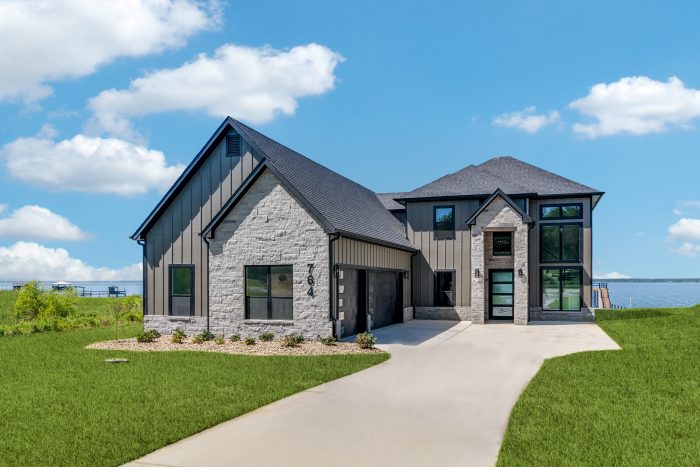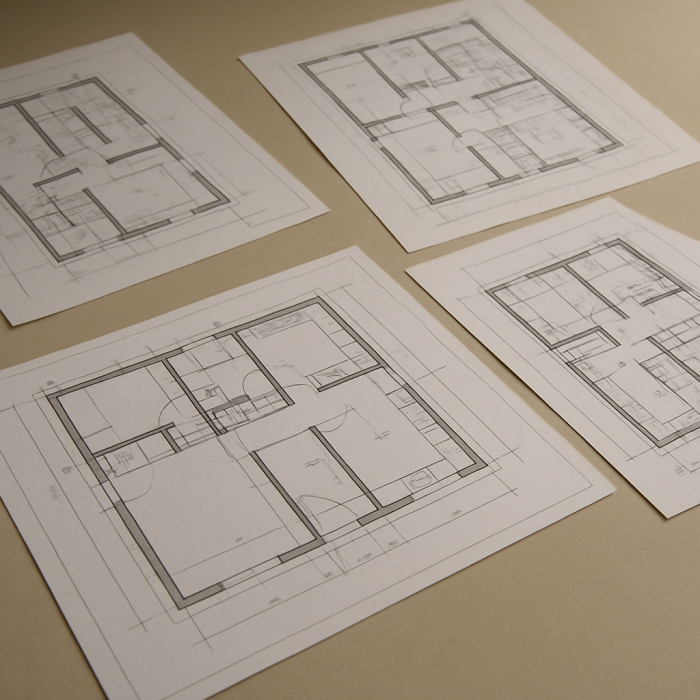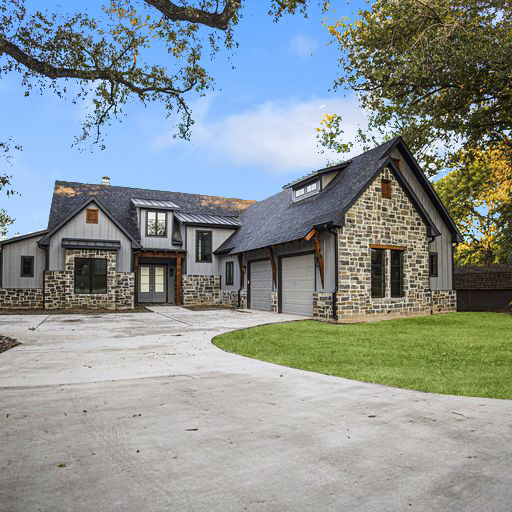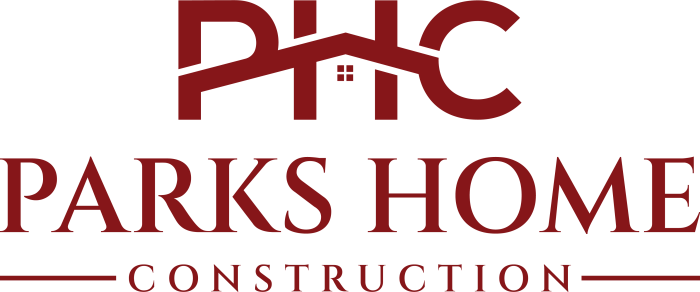This article will guide you through the key features of construction loans, helping you make informed decisions about financing your custom home construction or working with a turnkey home builder. By understanding these financial tools, you can embark on your home-building journey with confidence and clarity.

A construction loan is a short-term loan that covers the costs associated with building a new home. Unlike traditional home loans, which are based on the home’s value once completed, construction loans are based on the projected value of the home once construction is finished. Understanding the nature of these loans is the first step in managing the financial aspects of your home-building project.
How Do Construction Loans Differ from Traditional Mortgages?
Traditional mortgages are long-term loans that are paid back over a set period, usually 15 to 30 years, and are based on the value of an existing home. In contrast, construction loans are typically short-term and designed to cover the costs of building a home from the ground up. This fundamental difference highlights the unique financial management required for construction loans.
Construction loans often have higher interest rates than standard mortgages due to the increased risk involved, as the home is not yet built. Additionally, construction loans are usually interest-only during the construction phase, meaning you’ll only pay interest on the funds that have been drawn down. This interest-only aspect can be advantageous in managing cash flow during the construction period, providing financial flexibility until the home is complete.
Unique Characteristics of Construction Loans
Construction loans are designed to cater to the specific needs and challenges of building a new home. Unlike traditional mortgages, these loans are structured to accommodate the dynamic nature of the construction process. This includes flexibility in disbursements, interest calculations, and timelines, allowing for adjustments as the project progresses.
The risk associated with construction loans is notably higher due to the uncertainties involved in building a home from scratch. Factors such as construction delays, cost overruns, or changes in market conditions can impact the final value and completion timeline of the home. This risk is reflected in the higher interest rates, which compensate lenders for the additional uncertainties they undertake.
Another distinctive feature of construction loans is their reliance on the projected value of the home upon completion. This requires a detailed and accurate assessment of the construction plans, materials, and labor costs. Lenders will scrutinize the proposed value, making it essential for borrowers to present comprehensive and realistic construction plans and budgets.
Key Features of Construction Loans
The Loan Structure
A construction loan is typically divided into two main phases: the construction phase and the permanent loan phase. Understanding these phases is critical for managing the financial flow and ensuring that funds are available when needed.
- Construction Phase: This is the period during which the home is being built. Funds are released in stages, known as draws, to pay for completed work. The borrower is responsible for making interest-only payments during this time. This phased disbursement aligns with the construction milestones, ensuring that funds are available as specific tasks are completed.
- Permanent Loan Phase: Once construction is complete, the loan is converted into a traditional mortgage, known as a permanent loan. At this point, the borrower will begin making regular mortgage payments, including both principal and interest. This transition from a construction loan to a permanent mortgage is a critical step, marking the completion of the construction and the beginning of long-term homeownership.
The Application Process
Applying for a construction loan involves a more detailed process than applying for a traditional mortgage. Lenders typically require detailed plans, a construction timeline, and a budget. Here’s a simplified breakdown:
- Choose a Builder: Before applying for a construction loan, you need to select a reputable custom home builder or a turnkey home builder. Lenders often require that you work with an approved builder to minimize risks. This choice is crucial as the builder’s reputation and reliability can significantly impact the construction process and, consequently, the financial aspects of the loan.
- Submit Plans: You’ll need to provide your lender with detailed construction plans, including blueprints, a construction contract, and a breakdown of costs. These documents are essential for the lender to assess the feasibility and projected value of the completed home. Accuracy and detail in these plans can facilitate a smoother approval process.
- Get Approved: The lender will review your plans and financial situation to determine whether you qualify for the loan. This includes assessing your credit score, income, and other financial factors. The approval process can be rigorous, emphasizing the importance of a solid financial standing and well-prepared documentation.
- Loan Closing: Once approved, you’ll close on the loan, and the funds will be available for the construction phase. This marks the official start of the financial commitment, and careful management of the disbursed funds is essential to keep the project on track.

Draw Schedule and Inspections
The construction loan funds are released in stages according to a draw schedule. These draws correspond to different milestones in the construction process, such as laying the foundation, framing, and installing plumbing and electrical systems. This structured release of funds ensures that money is available as needed and helps manage the overall budget effectively.
Before each draw is released, the lender usually requires an inspection to ensure that the work has been completed to their satisfaction. This helps protect both the lender and the borrower by ensuring that the project is progressing as planned. Inspections serve as checkpoints, verifying the quality and completion of work before additional funds are disbursed.
The draw schedule and inspections are crucial components of the construction loan process, providing a framework for financial management and quality assurance. Borrowers should work closely with their builders to align construction progress with the draw schedule to avoid delays and ensure a smooth flow of funds.
Interest Rates and Repayment
Construction loans often have variable interest rates that fluctuate with the market. During the construction phase, you’ll make interest-only payments on the funds that have been drawn down. This structure helps manage cash flow during construction, as the borrower is not burdened with full principal and interest payments until the project is completed.
Once construction is complete, the loan will convert to a fixed-rate or adjustable-rate mortgage for the repayment period. This transition provides stability and predictability in monthly payments, allowing the borrower to plan their finances accordingly. Understanding how interest rates work and planning for potential fluctuations can help borrowers manage their financial obligations effectively.
Contingency Funds
It’s not uncommon for construction projects to encounter unexpected costs. Lenders often require borrowers to set aside contingency funds to cover unforeseen expenses, ensuring that the project can continue without financial interruption. These funds act as a financial buffer, providing flexibility to address any challenges that arise during construction.
Having contingency funds in place is a prudent financial strategy, allowing borrowers to handle unexpected expenses without derailing the project. Borrowers should work with their lenders and builders to determine an appropriate amount for these funds, balancing the need for financial security with overall budget constraints.
Benefits of Construction Loans
Construction loans offer several benefits for those looking to build a custom home. These advantages can make the process of building a home more appealing and financially feasible.
Customization and Personalization
With a construction loan, you have the flexibility to build a home that meets your specific needs and preferences, from layout to finishes. This level of customization allows you to create a living space that reflects your personal style and accommodates your lifestyle. The ability to design and build a home tailored to your requirements is one of the most significant advantages of construction loans.
Greater Control Over the Process
You have greater control over the construction process, including selecting materials, contractors, and timelines. This control allows you to ensure that the quality of construction meets your standards and that the project stays on schedule. By being actively involved in the decision-making process, you can influence the outcome and satisfaction with your new home.
Potential Cost Savings
By managing the construction process, you may be able to save money compared to purchasing an existing home. This can be achieved through careful selection of materials, efficient use of resources, and negotiating favorable terms with contractors. Additionally, building a new home can result in long-term savings through energy-efficient designs and modern building techniques.
Challenges and Considerations
While construction loans offer flexibility and customization, they also come with challenges that borrowers should be aware of. Understanding these challenges can help you prepare and navigate the process more effectively.

Complex and Detailed Process
The application and approval process can be more complex than a traditional mortgage, requiring detailed plans and inspections. This complexity can be daunting for first-time builders, emphasizing the importance of thorough preparation and understanding of the process. Working with experienced professionals can help streamline the application and approval process.
Higher Interest Rates and Financial Risks
Construction loans may have higher interest rates due to the increased risk and variable timeline involved. This can result in higher overall costs if the loan is not managed carefully. Borrowers should be prepared for potential fluctuations in interest rates and plan their finances accordingly to mitigate these risks.
Market and Economic Fluctuations
Changes in the market can affect interest rates and construction costs, potentially impacting your budget. Economic conditions can influence material prices, labor costs, and other factors, making it essential to have a flexible financial plan. Being aware of market trends and working with knowledgeable professionals can help you navigate these uncertainties.
Working with Cedar Creek Lake Builders
If you’re considering building a home at Cedar Creek Lake or nearby, working with experienced custom home builders can help streamline the process. Experienced builders are familiar with local regulations, materials, and subcontractors, which can make the construction process smoother and more efficient.
Selecting an Experienced Builder
When selecting a custom home builder or a turnkey home builder, consider the following factors to ensure a successful partnership.
- Reputation and Reviews: Look for builders with a strong reputation and positive reviews from previous clients. A builder’s past performance is a good indicator of their reliability and quality of work.
- Relevant Experience: Choose a builder with experience in the type of home you want to build and familiarity with the local area. Local expertise can be invaluable in navigating regulations and ensuring that the construction process proceeds smoothly.
- Effective Communication and Collaboration: Effective communication is key. Ensure your builder is responsive and willing to collaborate with you throughout the process. A builder who listens to your needs and provides regular updates can significantly enhance the building experience and outcome.
Conclusion
Building a custom home is an exciting journey, and understanding how construction loans work is an important step in the process. By familiarizing yourself with the key features and benefits of construction loans, you can make informed decisions that align with your financial goals and construction plans. Whether you’re working with a custom home builder or a turnkey home builder, the right financing can help turn your dream home into a reality. With careful planning and the right team, you can navigate the complexities of construction loans and successfully build the home you’ve always envisioned.
Categorised in: Uncategorized
This post was written by jparksadmin
